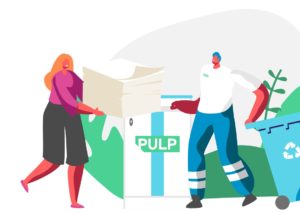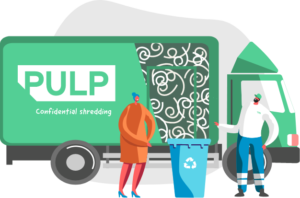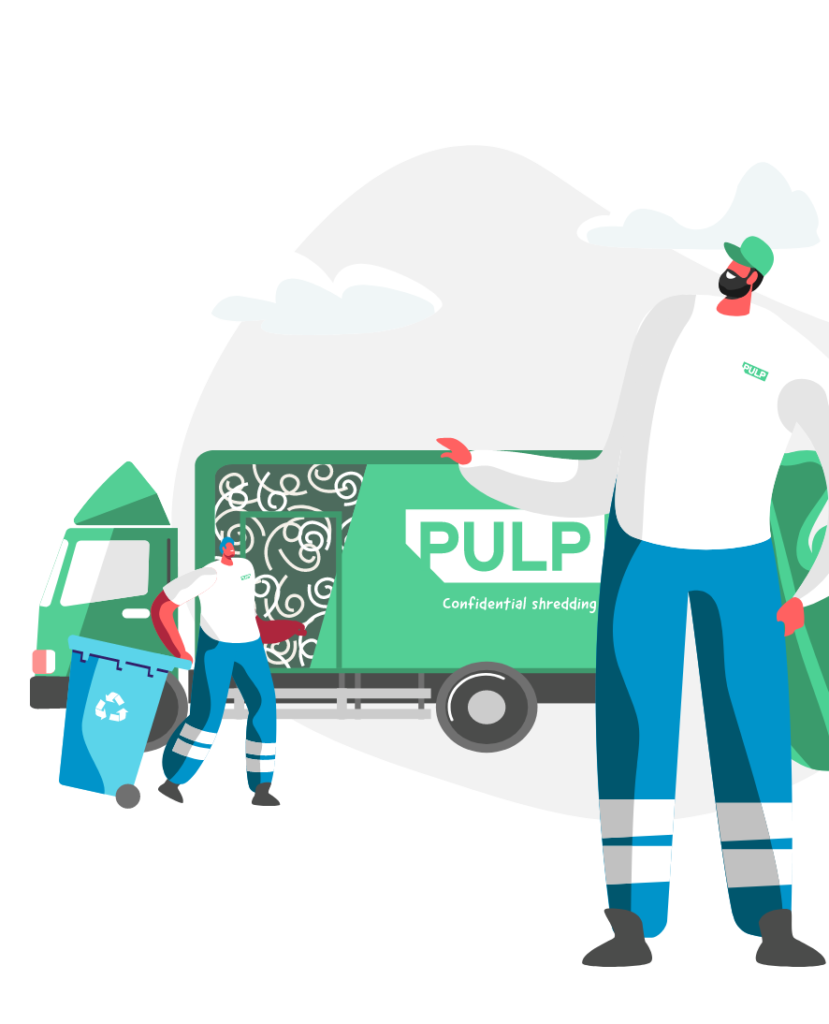Every business has a whole host of physical documents that can build up over time. Part of this stock of documents includes old client proposals and marketing materials that are no longer needed. These obsolete documents take up much-needed space in often busy workplaces, but they might also contain sensitive information about clients, potential clients, and suppliers.
It’s important that you take control of the disposal of these items, understand when to shred documents, how to shred documents, and what’s best in terms of being compliant with data security regulations and industry-specific compliance.
Risks of Retaining or Disposing Without Shredding
What are the risks you face when either keeping or disposing of marketing materials and other obsolete documents without shredding them first?
Identity theft
One of the biggest reasons that document shredding is a popular service for businesses is that it helps to protect against identity theft. It’s a crime that has been on the rise for some time, and it’s important that your business does everything it can to protect the data and identity of clients, potential clients, suppliers, and your employees. This is information that could be present in marketing materials and client proposals.
Put your customers at risk
Any documents that contain information about your clients must be disposed of securely. Without this robust document shredding process in place, your customers may never have complete peace of mind that their personal data is safe with you. Best practice for document shredding is something that you can use as a positive to build trust with clients and showcase your responsibility as a brand.
Failing to meet regulatory compliance
You cannot claim ignorance when it comes to data storage and disposal of obsolete documents. There is strict regulatory compliance to be aware of, which can lead to fines and brand reputational damage if you do not adhere to it. Implementing an extensive system of document shredding and secure disposal of data is required by every business.
A messy and inefficient workspace
On a purely practical level, allowing old marketing literature and obsolete client proposals to pile up makes for an inefficient workspace. Files of this nature can take up a lot of floor space and filing areas that might be better used for other purposes. They could even become a fire hazard in extreme cases.
GDPR and Legal Compliance
GDPR-compliant shredding is an essential part of managing a modern workplace. Keeping confidential paperwork and any documentation that may contain personal, financial, or sensitive information out of the wrong hands is a necessity for every business. GDPR has been in force since 2018, and requires the correct collection, processing, storage, and destruction of information in a robust and secure manner. Train your employees on the main principles of GDPR and how it relates to old documents and everyday information that your employees create and handle. Document shredding can become a simple and effective part of your GDPR compliance.
One-Off Shredding vs On-going shredding
You have a choice between one-off shredding and on-going shredding, as well as on-site or off-site shredding. Whichever you choose, the correct approach is to work with a professional shredding service to help you securely dispose of your old documents. If you have a build-up of old documents that are taking up much-needed space in your office, a one-off shredding service might be the best choice to begin with to clear the decks. Once this has been completed, a regular on-going shredding service will ensure that you never have a backlog of old documents piling up in the future. Choosing between on-site or off-site is a preference for each specific business, but we’ll always provide you with a certificate of destruction when collecting documents to be shredded at a secure off-site location.
Conclusion
If you have a stack of marketing materials, client proposals, and other obsolete documents in your workplace, request a quote today with the friendly Pulp team. We work with companies within a range of industries, ensuring that old documents that may contain sensitive data and personal information are disposed of in the most secure fashion. It’s surprising how many physical documents you build up in your place of work over a period of time. All those old client proposals (successful or not), client information, promotional materials, and day-to-day project notes need to go somewhere. Getting rid of the excess to clear space and to meet GDPR standards is best practice in every industry.





